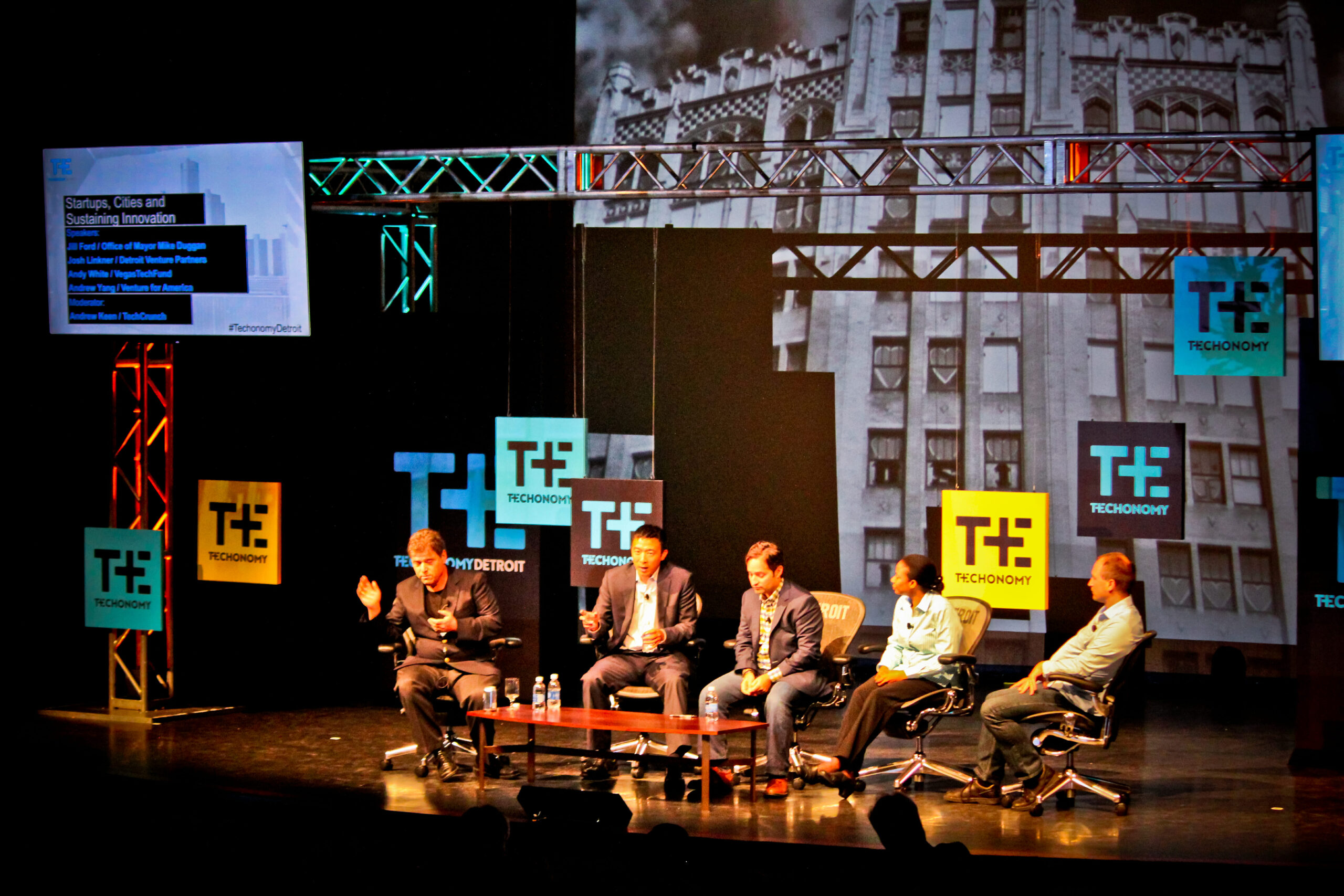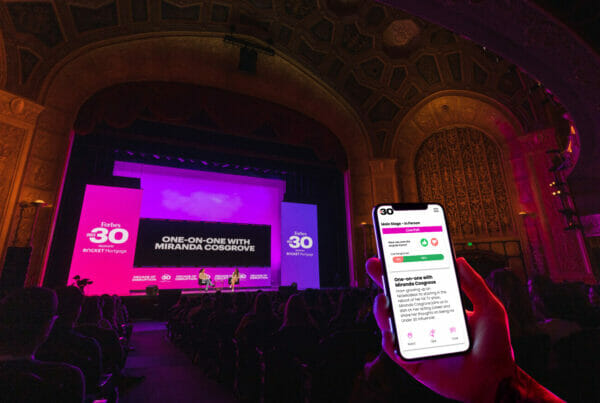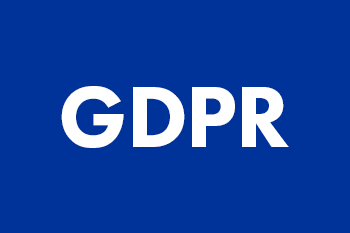Corporate town hall meetings are extremely popular for good reason. They are more than just a company meeting – they bring together people from all different departments, give employees a chance to hear about strategic initiatives from leadership, build trust between employees and senior leaders, and open up the floor for questions and idea sharing. Townhall meetings, sometimes referred to as all-hands meetings, are advertised as a way for employees, managers, leadership, and even board members to come together in a safe space and talk about the direction of a company. Many town halls, however, can slip into a snooze-inducing data dump when it’s the same people talking over and over about details that most people already have heard. Do you want to run an effective town hall meeting? We’ll show you how to plan and execute a successful town hall meeting below.

Company town halls should be fun, engaging, and give employees a place to want to share and ask questions. In order to create this kind of space, companies need to liven up the traditional format and add a bit of excitement to their town hall meetings.
Here are five engaging, effective elements to include in your company’s next town hall:
1. Add a welcome period to help set the stage
Most companies save welcome music and intro periods for conferences and client presentations, but a town hall is surprisingly similar to both of these other situations. Your employees are arguably the toughest sale your company has, and in order to convey the type of company culture and environment you are going for, a welcome period is a great start. As your employees are coming into the room, play some music over the speaker system to get everyone in a good mood. Have your seats set up in a way that encourages conversation and engagement. You don’t want people to come in and sit down without speaking with anyone. A town hall is about communication and openness, which should start as soon as people enter the room.
2. Make a presentation that is less ‘presentation’ and more ‘innovation’
While many town halls are heavily Q & A-driven, there is typically an introductory presentation or company overview from leadership to kick things off. This part of the event is where many companies lose their audience or turn an otherwise engaging event into a boring one. Instead of running through PowerPoint slides and reports, try an innovative approach to get this information across. You can record a video of leadership showcasing some of the company’s big wins, act out a skit or role play (always a big hit for employees), or bring some other sort of excitement to your presentation. Simply rattling off facts won’t win any contests, and a town hall is about bringing your employees back into the fray and garnering company spirit.
3. Take a digital approach with a virtual town hall meeting
With the help of new digital technologies, virtual town hall meetings can not only be effective but they can be handled with ease. Setting up a video conferencing option for your town hall meeting allows you to include employees who may be working remotely in a different state or part of the world. Another great advantage is that like a webinar, the virtual town hall can be recorded and available to employees who may be unable to attend or sent out as a great follow-up to keep the conversation going.
As for Q&A sessions, it’s not uncommon for employees to be silent at first. Nobody wants to stand up and ask a question that could come off as accusatory or suspicious. Instead of making your employees ask questions in person, go for a more digital approach. You can send out anonymous surveys before a meeting to gather questions from employees, which also gives your leadership team more time to prepare answers. Setting up a text message line where employees can text their questions and a moderator would read these anonymously to the group is another great way to facilitate employee involvement. This is a good idea for gathering last-minute questions or facilitating two-way conversations for a large group of people. An additional digital approach you can take is to set up a live poll during the town hall. Live polling allows you to receive feedback from the entire group anonymously.
4. Post-town hall meetup to continue the conversation
After a town hall meeting, it’s probably not a good idea to send everyone back to their desks and ask them to keep working. There will probably be plenty of conversation and discussion, so why not give your employees a chance to mingle and talk with leaders and other teams. If there’s enough time, schedule a post-town hall meetup where people can discuss what they learned, have fun with their co-workers, and ask any follow-up questions that are still on their minds. You can turn that welcome music back on, bring out food and drinks, and turn it into a company gathering.
5. Provide a succinct follow-up
Even if your entire company was in attendance at the town hall, it’s still a best practice to send out a follow-up email recapping the event. If you recorded the speaking session (which is another best practice), send out the video recording to your employees, along with a quick list of key talking points and takeaways. If there is any sensitive information involved, just make sure you add a quick caveat or security wall. Following up with key points turns your town hall conversation into an actionable strategy for employees and it ensures that they can pay attention to the meeting instead of taking notes.
Host the ultimate town hall with Bluewater Planning a town hall meeting? The event experts at Bluewater can help turn your next town hall into the ultimate employee engagement event. Chat with a specialist today!













One Comment